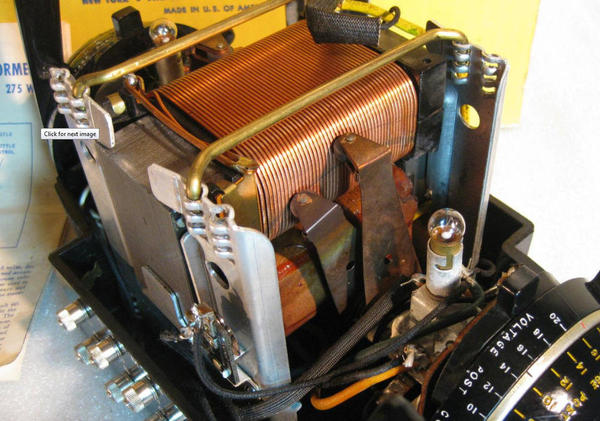Here's one for the techs. The old Lionel ZWs and equals determined output voltage by tapping off a number of turns on the secondary, so output was a pure sine wave. The z500/1000 type controllers, in the process of reducing voltage, alter the wave form, which has an effect on motor operation apart from the voltage change and can't be fed to a TIU. I'm not sure what the Z4000 waveform is, but it doesn't appear to affect motor operation. How does the Z4000 internally control voltage output, why does it differ from the output of the Z500/1000 controllers, and are there any modern transformers that output a pure sine wave at all output voltages?
What engenders this question is that I opened up y 1941 Type R to replace the power cord, I found that the low voltage wires, which has a sort of fabric insulation, in places where there could be heat (like next to circuit breakers) seemed swollen as if charred. I know I could repalce all the wires, but wonder if it's worth it.







